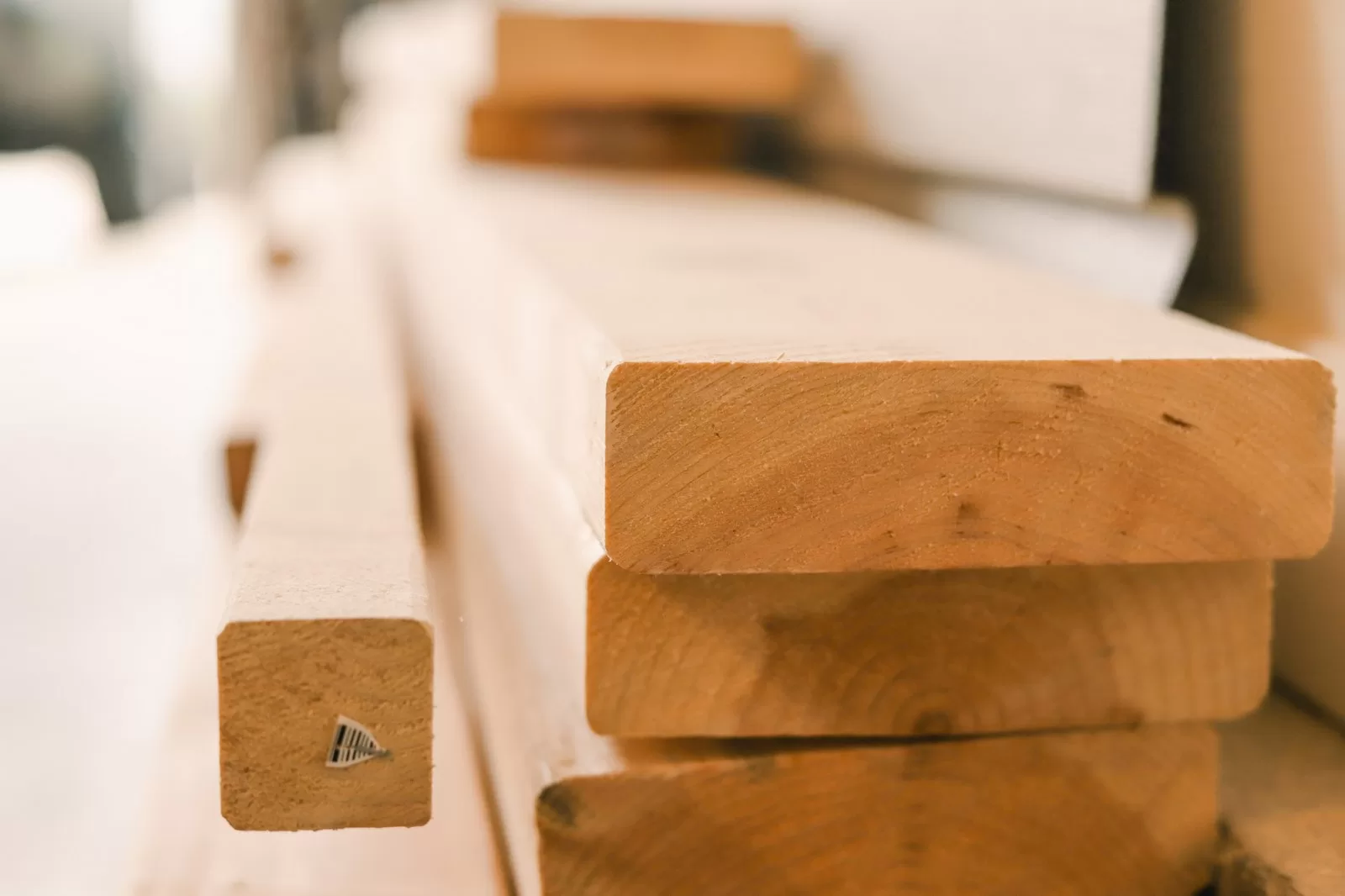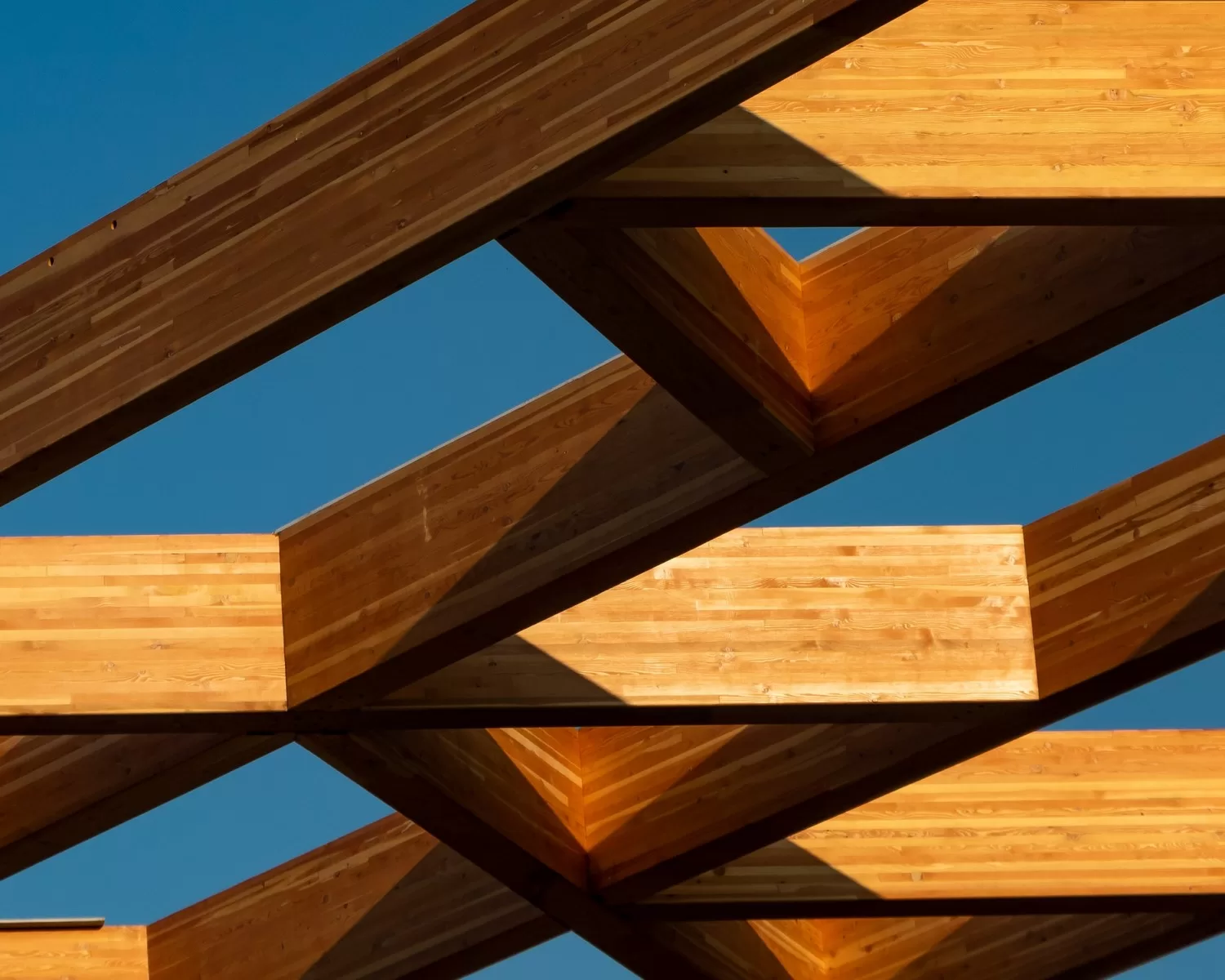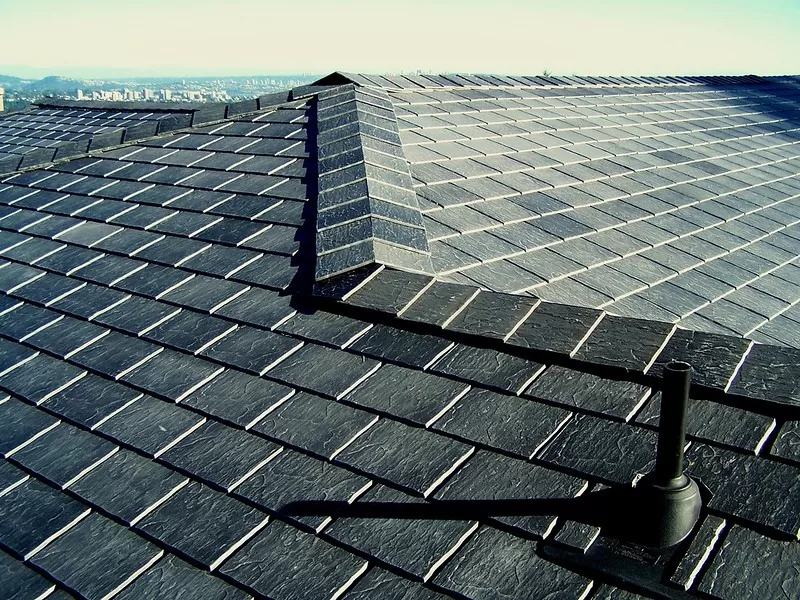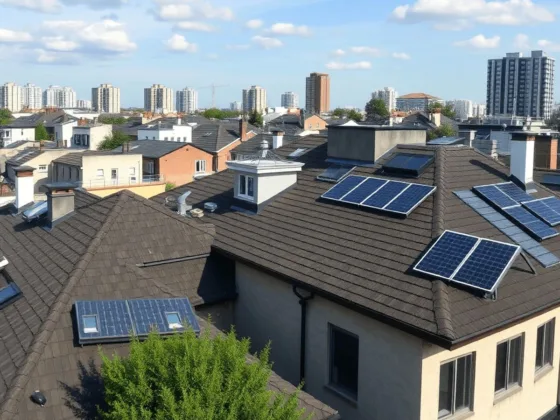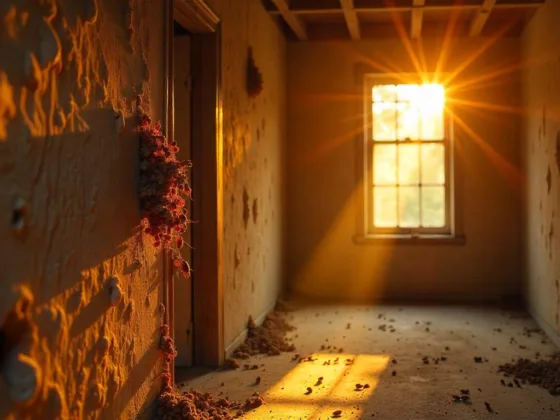Learn how to choose high-strength quality lumber for building beams. Consider wood species, moisture content, grading, size, and treatment options for durable construction.
When it comes to building beams for your construction project, choosing the right lumber is crucial. The strength and quality of the lumber used can directly impact the stability and durability of the beams. In this blog post, we will explore the key factors to consider when selecting high-strength quality lumber for building beams.
1. Wood Species
The choice of wood species plays a crucial role in determining the strength of beams used in construction. Different types of wood come with varying physical properties, impacting their performance under load.
For instance, Douglas Fir is a popular option due to its high strength-to-weight ratio and ability to withstand heavy loads. It is commonly found in many structural applications because of its reliability. Similarly, Southern Yellow Pine is another strong choice. This species is known for its remarkable load-bearing capacity and durability, making it ideal for beams that require both strength and longevity.
Laminated Veneer Lumber, or LVL, is a manufactured product that combines thin layers of wood. It provides exceptional strength and stability, often exceeding traditional solid wood options. LVL beams are suitable for various structural uses, especially in situations where consistent quality and high strength are needed.
Choosing the right wood species is important for any building project. The strength and durability of these options ensure that structures remain safe and long-lasting. Understanding these differences helps in making informed decisions for construction needs.
2. Moisture Content
Moisture content plays a vital role in the strength and durability of wooden beams. When beams have high moisture content, they often become weaker over time. This weakness can lead to problems such as warping and shrinkage. Warping occurs when the wood bends or twists, while shrinkage refers to the reduction in size. Both issues can compromise the structural integrity of a project.
Selecting lumber with the right moisture content is crucial for achieving the best results. Lumber that has been kiln-dried is usually recommended. This type of lumber has been treated in a controlled setting to reduce moisture content. As a result, kiln-dried lumber tends to have a lower moisture level, making it more stable and reliable for construction projects.
Using the correct moisture content not only enhances the strength of the beams but also helps prevent future problems. When wood is properly dried, it performs better in various conditions and maintains its shape over time. Thus, when starting any project involving wood, always consider the moisture content to ensure long-lasting quality and performance.
3. Grading
Grading is a system used to assess the quality and strength of lumber. It categorizes lumber into different groups based on its appearance and overall performance. Each grade indicates how suitable the lumber is for specific building projects.
When choosing lumber for beams, it’s crucial to select the highest grades available, such as Select Structural or #1 Grade. These higher grades offer greater strength and fewer defects, making them a superior choice for construction.
Using lumber from these top categories can result in stronger and more dependable structures that comply with safety regulations. By understanding grading, builders and homeowners can make informed decisions that will benefit their projects in the long run.
4. Size and Dimensions
The size and dimensions of the lumber you choose are critical factors that depend on how much weight your beams need to support. Each project requires careful planning based on the specific load requirements. It is essential to consult with a structural engineer who can give precise advice based on your project’s needs. They have the expertise to ensure safety and durability.
In addition to speaking with an expert, refer to local building codes. These codes provide guidelines on the minimum lumber sizes needed for structural integrity in different scenarios. Following these codes helps ensure that the construction is safe and meets all regulations.
Keep in mind that the size of the lumber also affects its strength. Larger lumber often provides greater load-bearing capacity, which can enhance the overall stability of your structure. Using bigger beams can be a simple way to add strength, but it also influences other design aspects, such as weight and cost.
Selecting the right size lumber is not only about strength. It is also about ensuring your design fits within the architectural vision of your project. Therefore, balance the need for strength with aesthetic considerations and budget constraints. Taking all these factors into account will lead to a more successful outcome in your construction project.
Read Also:
- Alternatives to a Wood Deck That are Low Maintenance
- Calculating the Load Capacity of a Wood Beam
- How Do I Make a Wood Beam with 2×8 Boards?
5. Treatment and Preservation
When choosing materials for your beams, it’s important to consider using treated lumber based on how you plan to use them and the environment they’re in.
Why Choose Treated Lumber?
Treated lumber goes through a process where it gets special preservatives added to it. These preservatives are crucial in keeping the wood safe from:
- Decay: This can happen when wood is exposed to moisture for a long time.
- Insects: Certain bugs can cause significant damage over time.
Using treated lumber can greatly extend the life of your beams. However, it’s crucial to make sure that the type of treatment used is suitable for your specific project requirements. Different applications may need different kinds of preservative treatments.
Local Regulations Matter
It’s also essential to be aware of local rules about treated wood, as these can differ depending on where you are. Compliance with these regulations is not just a legal requirement; it also ensures that your project is environmentally friendly and safe.
Do Your Research
Before making a final decision, take some time to research and find out which type of treated lumber would work best for your needs. Understanding the specific environmental factors and potential risks involved can lead to better outcomes for your project.
Impact on Durability and Safety
Choosing the right wood treatment goes beyond just protection; it also affects how long-lasting and safe your structure will be.
Conclusion
Choosing high-strength quality lumber for building beams is vital for the structural integrity and longevity of your construction project. Consider the wood species, moisture content, grading, size, and treatment options to ensure you select the right lumber. By investing in high-quality materials, you can build beams that offer superior strength and durability.
FAQ:
Douglas Fir and Southern Yellow Pine are both highly recommended for their high strength-to-weight ratios and load-bearing capacities. Laminated Veneer Lumber (LVL) is also an excellent choice for its exceptional strength and stability.
Moisture content affects the strength and durability of wooden beams. High moisture content can lead to warping and shrinkage, compromising structural integrity. It is advisable to use kiln-dried lumber with lower moisture levels for better stability and performance.
Lumber grading assesses the quality and strength of lumber. Selecting higher grades, such as Select Structural or #1 Grade, ensures greater strength and fewer defects, leading to stronger and more reliable structures.
The size of the lumber depends on the weight your beams need to support. Consulting with a structural engineer and referring to local building codes will help determine the appropriate dimensions for your specific project requirements.
Treated lumber is essential for protecting against decay and insect damage, especially in environments exposed to moisture. It can significantly extend the life of your beams. Ensure that the type of treatment matches your project’s needs and complies with local regulations for safety and environmental considerations.
